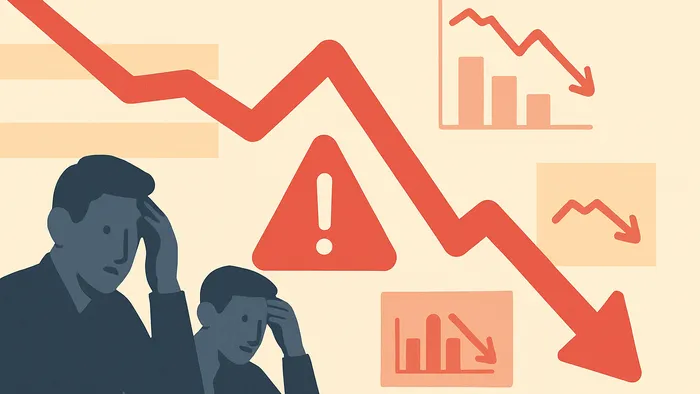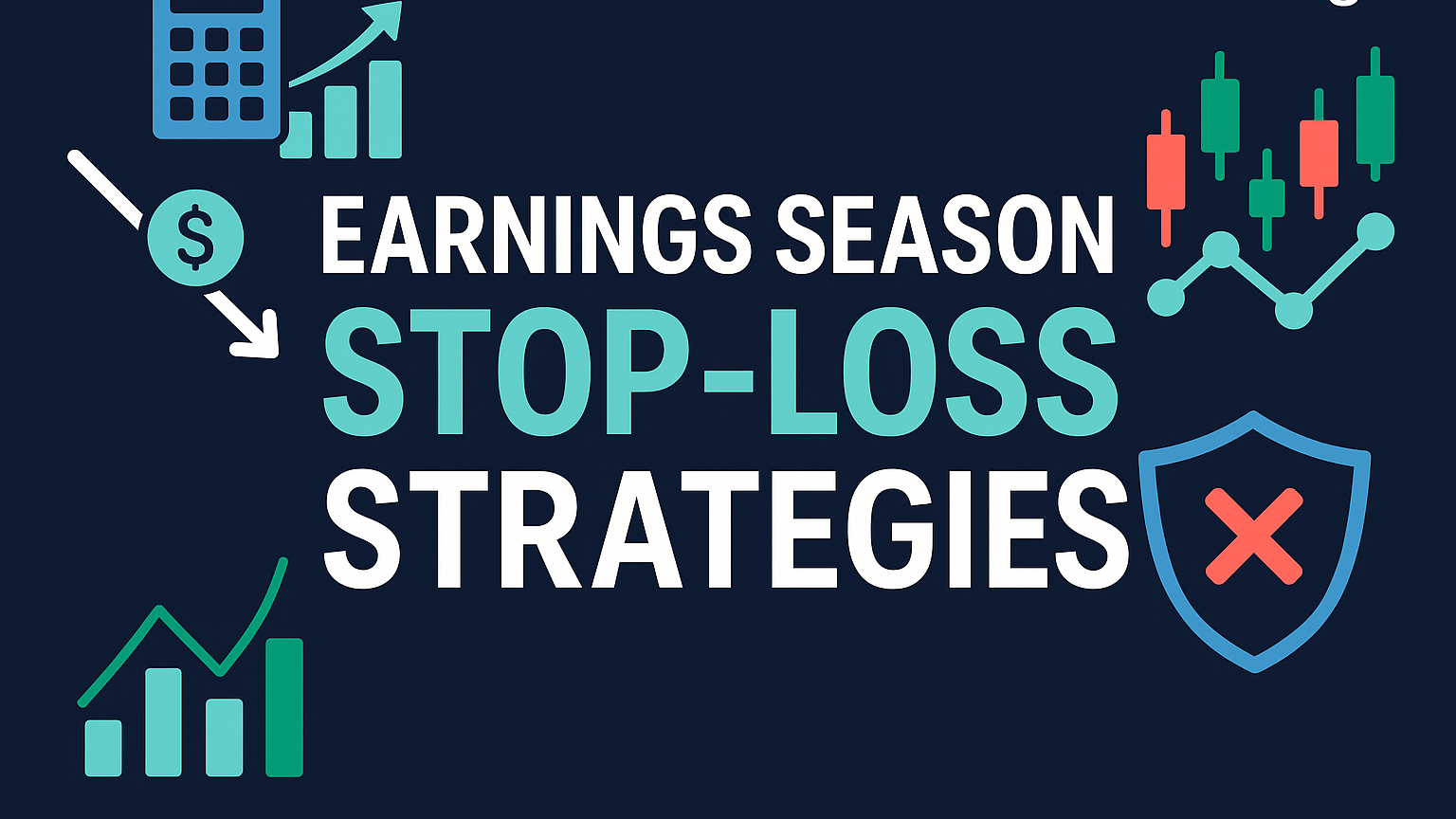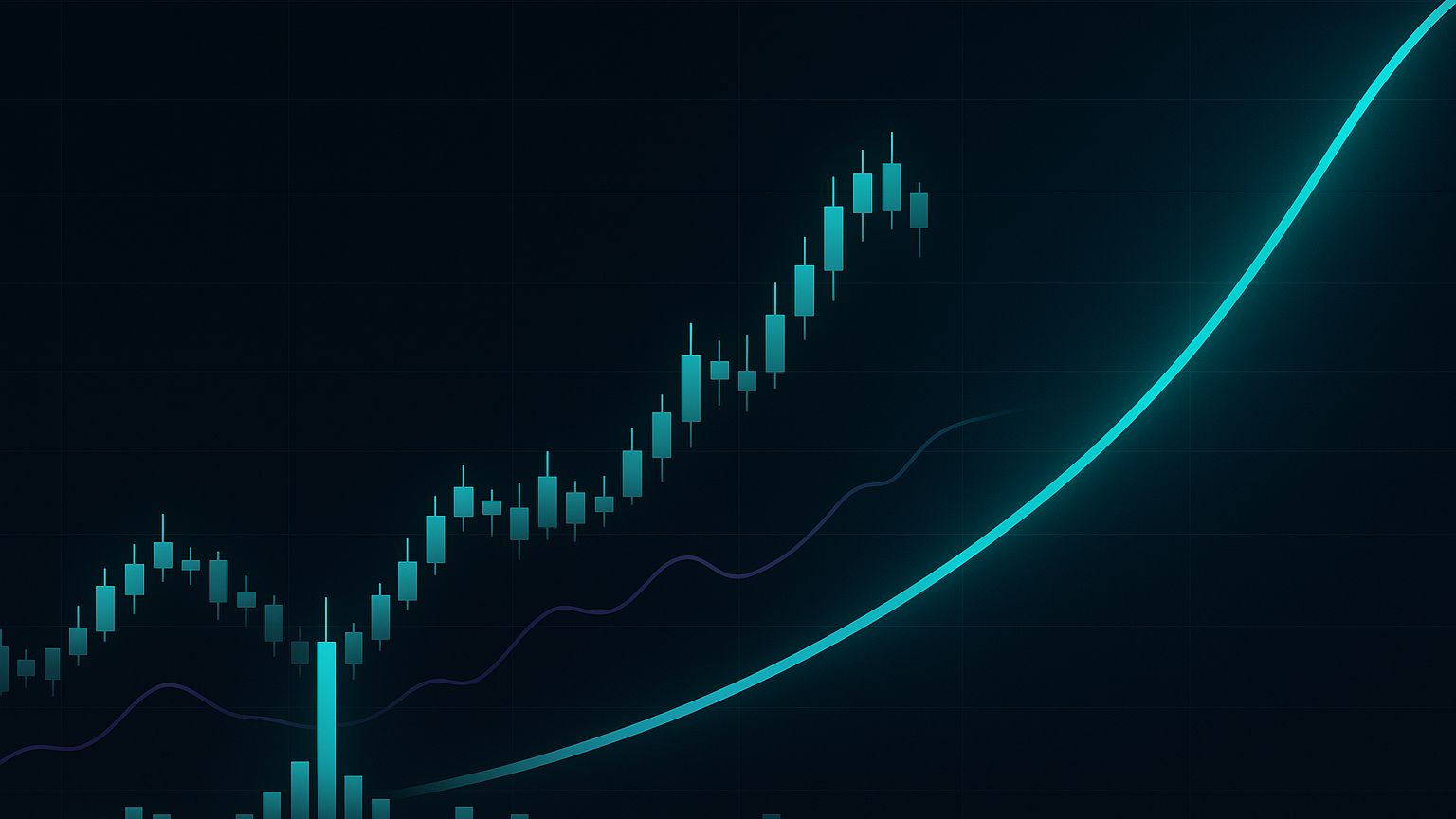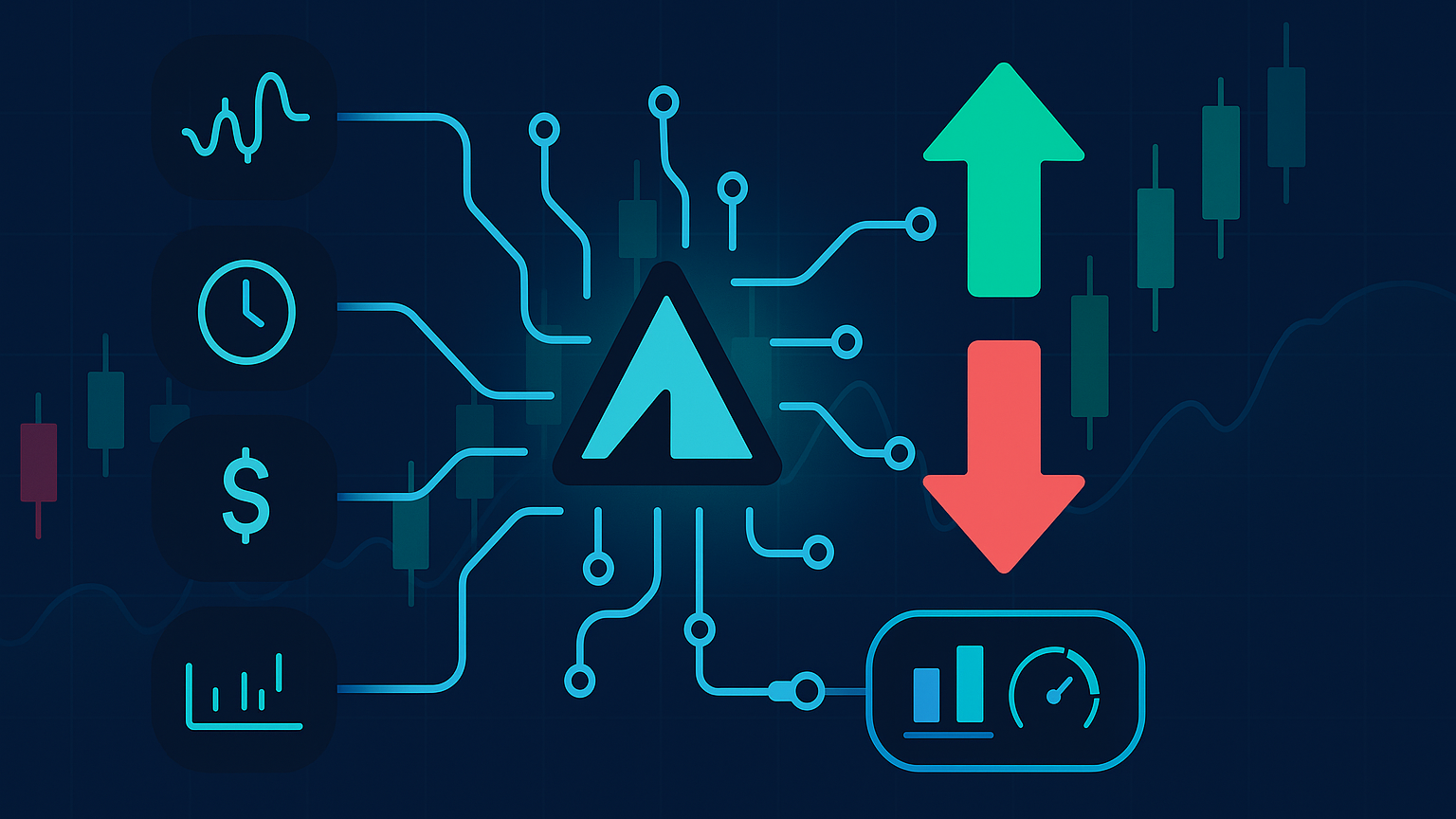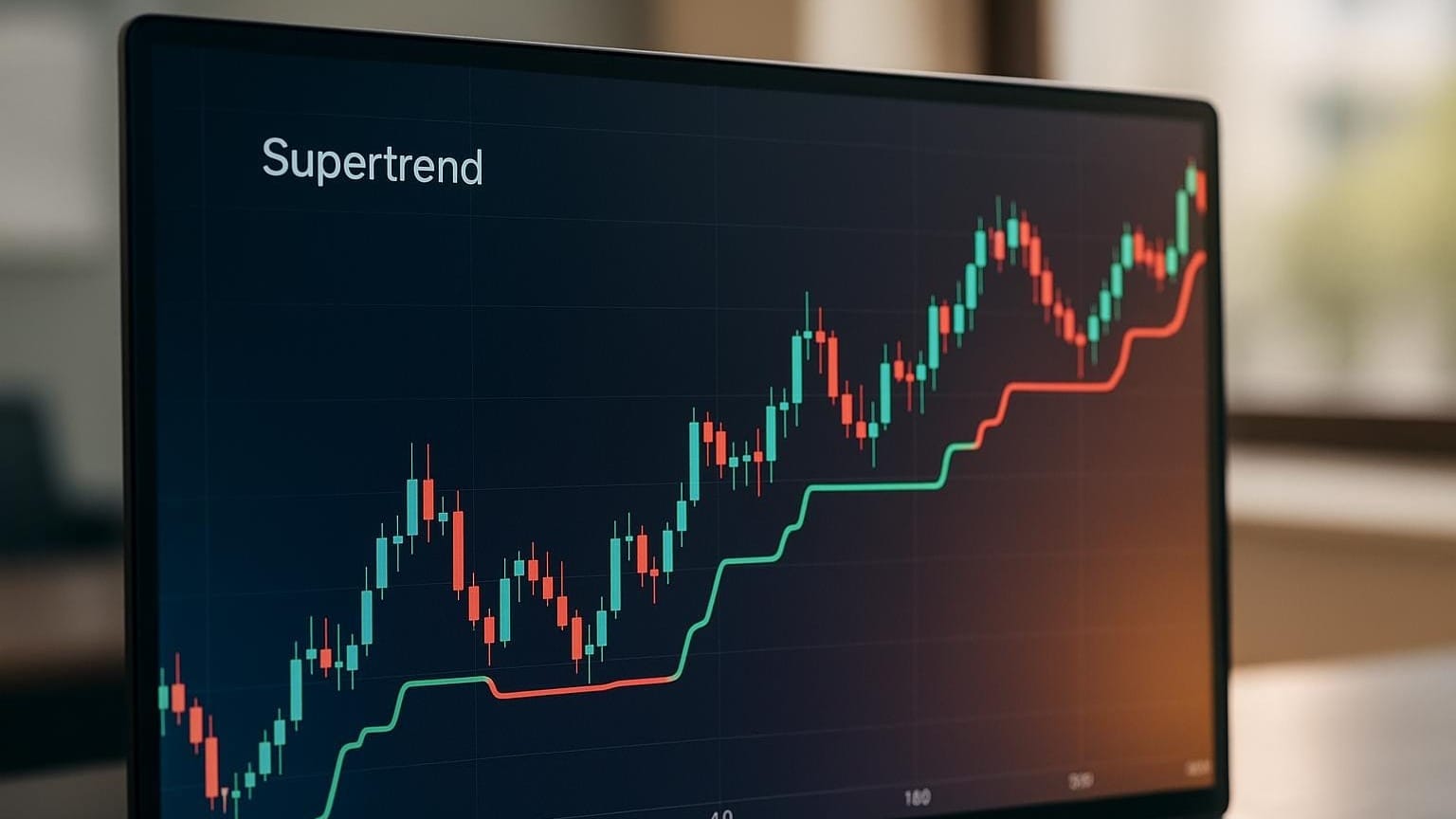Learn how to navigate margin calls in trading, understand their triggers, consequences, and discover effective prevention strategies.
A margin call happens when your account equity falls below your broker’s minimum requirement. This means you’ll need to deposit more funds or sell securities to meet the margin level, or your broker may liquidate your positions automatically.
Key Points:
- Triggers for Margin Calls:
- Falling account value due to market downturns.
- Increased margin requirements set by brokers during volatility.
- Over-leveraging or excessive borrowing.
- Consequences:
- Forced liquidation of positions at unfavorable prices.
- Disruption of trading strategies and potential financial losses.
- Strained relationships with brokers, limiting future trading options.
- Prevention Tips:
- Keep a cash buffer and monitor account equity regularly.
- Use stop-loss orders and limit leverage to reduce risk.
- Diversify your portfolio to spread exposure.
Formula to Calculate Margin Call Price:
Margin Call Price = Initial Purchase Price × [(1 – Initial Margin) ÷ (1 – Maintenance Margin)]
Understanding margin calls is crucial to managing risk in leveraged trading. This article provides detailed strategies and examples to help you prevent and handle margin calls effectively.
Margin Call Mechanics
Core Margin Trading Concepts
Margin trading revolves around three main elements: initial margin, maintenance margin, and leverage. According to the Federal Reserve's Regulation T, brokers can lend up to 50% of a stock's purchase price. So, if you're buying $20,000 worth of securities, you'll need at least $10,000 of your own funds.
The maintenance margin is the minimum equity percentage you must keep in your account. While FINRA sets this floor at 25%, many brokers require 30–35% for added protection.
| Component | Requirement | Example ($20,000 Position) |
|---|---|---|
| Initial Margin | 50% | $10,000 investor funds |
| Maintenance Margin | 30% | $6,000 minimum equity |
| Maximum Leverage | 2:1 | $20,000 total position |
What Causes Margin Calls
- Falling Account Value: A drop from $20,000 to $14,000 reduces equity from $10,000 to $4,000 (20% equity), triggering a call if your broker’s maintenance margin is 30%.
- Broker Policy Changes: Volatile markets can prompt brokers to raise maintenance requirements, even if your position value is unchanged.
- Overextending Buying Power: Ignoring your open positions or obligations can exceed your borrowing limit.
How to Calculate Margin Calls
Margin Call Price = Initial Purchase Price × [(1 – Initial Margin) ÷ (1 – Maintenance Margin)]
| Stage | Details | Equity % |
|---|---|---|
| Initial | $20,000 position, $10,000 loan | 50% |
| Decline | $14,000 position, $10,000 loan | 28% |
| Trigger | 30% of $14,000 = $4,200 required | 30% threshold |
| Deposit Needed | $200 | To restore equity |
Effects of Margin Calls
Automatic Position Closure
| Aspect | Broker Authority | Trader Impact |
|---|---|---|
| Timing | Immediate sale | Loss of exit control |
| Asset Choice | Broker-selected | Strategic holdings may go |
| Amount | Sale to cover loan | Unrelated positions can be sold |
Trading Plan Disruption
| Type | Immediate | Long-Term |
|---|---|---|
| Timing | Early closures | Lost gains |
| Allocation | Imbalanced | Shifted risk |
| Cash Use | Emergency drawdown | Limits future flexibility |
Notice that brokers typically give 2–5 days to meet calls, but market swings can force faster action.
Mental and Emotional Impact
- Clouded Judgment: Emotion overrules strategy.
- Monitoring Fatigue: Constant checks drain focus.
- Poor Risk Control: Reactive rather than planned responses.
| Strategy | Implementation | Benefit |
|---|---|---|
| Screen Time Limits | Defined trading hours | Reduces burnout |
| Position Sizing | Lower leverage | Stabilizes emotions |
| Support Network | Trading communities | Shared insights |
Trading With Margin – How to Avoid Margin Calls
Preventing Margin Calls
Position Size & Leverage Limits
| Factor | Implementation | Why It Helps |
|---|---|---|
| Position Size | Risk 1–2% per trade | Avoids large losses |
| Leverage Ratio | Use conservative leverage | Lowers volatility exposure |
| Account Buffer | Extra cash reserve | Cushions market dips |
Account Balance Tracking
Platforms like Interactive Brokers show margin alerts in color codes:
- Yellow: 5–10% cushion above requirement.
- Orange: Cushion nearly gone.
- Red: Imminent liquidation risk.
Tools such as BalanceViewer Pro ($0.99/mo) let you monitor multiple accounts in real time.
Risk Control Methods
| Method | How It Works | Advantage |
|---|---|---|
| Stop-Loss Orders | Auto-close at preset levels | Caps losses |
| Portfolio Diversification | Spread across assets | Reduces single-trade risk |
| Margin Alerts | Set above maintenance | Gives early warning |
Keep in mind that 65% of retail investors lose money when trading CFDs. Advanced technical analysis platforms offer custom alerts and screeners to help you spot risks early.
Margin Call Management Tools
Market Alert Systems
- TrendSpider: Automated email alerts for market conditions.
- Cboe Trade Alert: Real-time updates via push, SMS, or email.
Learning Resources
- Monitor positions and set alerts above maintenance thresholds.
- Use protective stop orders.
- Join professional trading communities.
Summary
Margin calls require careful risk management and quick action to avoid significant losses.
Main Points
FINRA mandates at least 25% maintenance equity, but many brokers set stricter limits. Margin calls occur when equity falls below those levels, risking forced liquidations and trading disruptions.
| Key Takeaway | Description | Impact |
|---|---|---|
| Triggers | Equity drops below maintenance | Immediate action needed |
| Market Effect | Forced sales at poor prices | Potential losses |
| Broker Relations | Repeated calls harm trust | Limits future borrowing |
"A margin call occurs when a trader's account equity falls below the required margin level, prompting the broker to demand additional funds or the closing of positions to cover potential losses." — Bridgette Laszlo, Content Strategist
Recommendations
Account Management:
- Maintain a buffer above maintenance requirements.
- Set alerts higher than the minimum threshold.
- Keep extra cash for sudden moves.
Risk Control:
- Use lower leverage ratios.
- Employ stop-loss orders.
- Diversify across asset classes.
Monitoring Protocol:
- Check account equity daily.
- Keep track of margin requirements for each trade.


